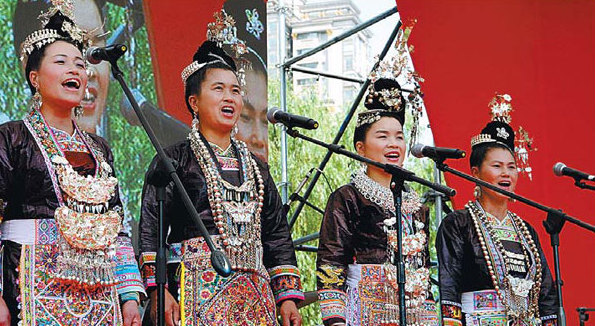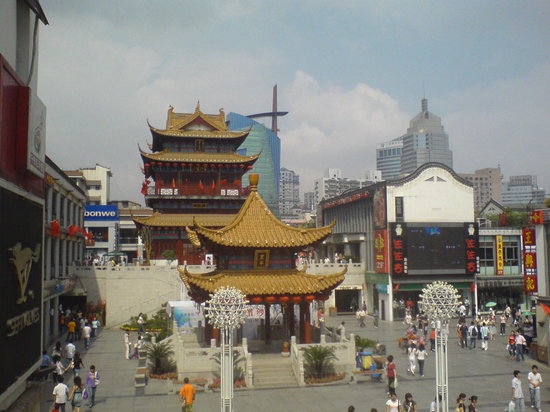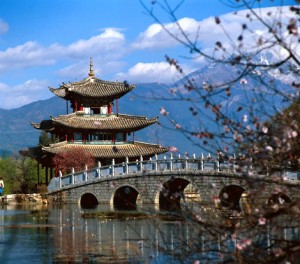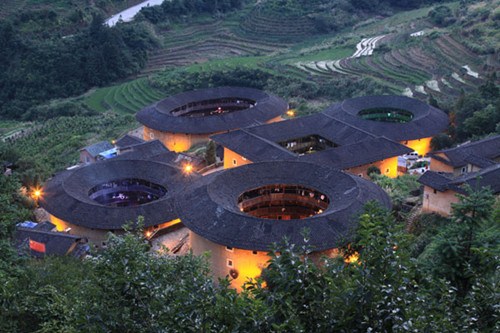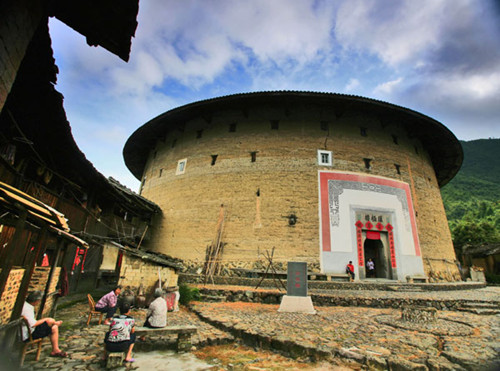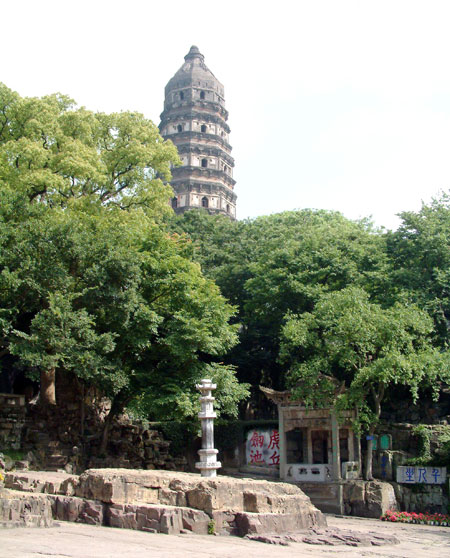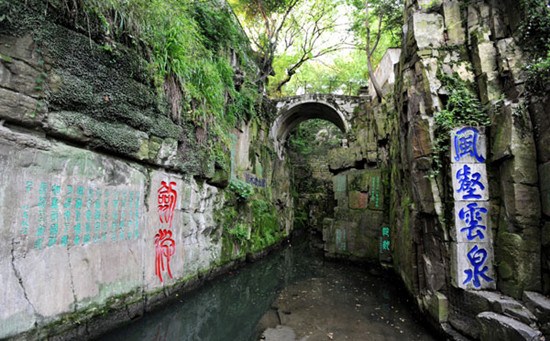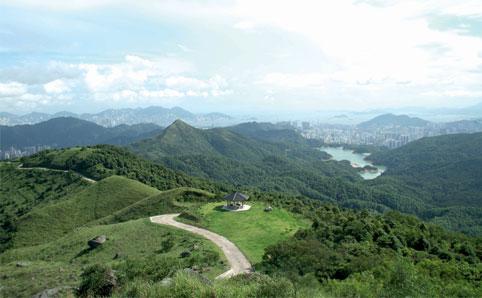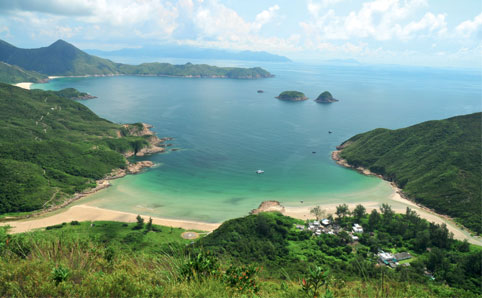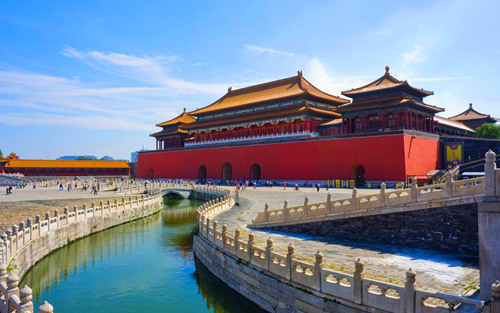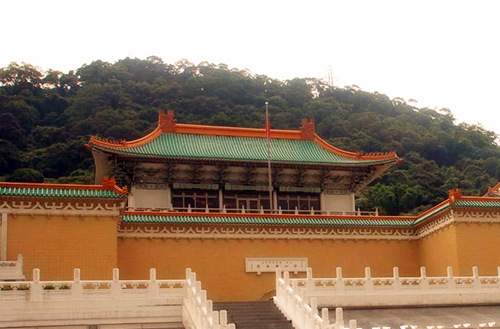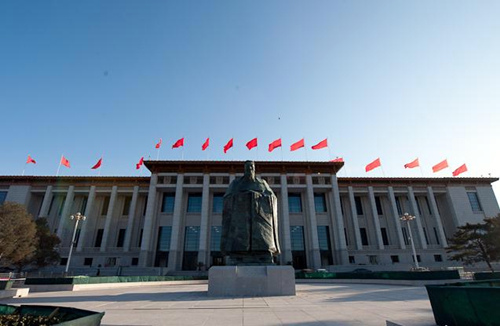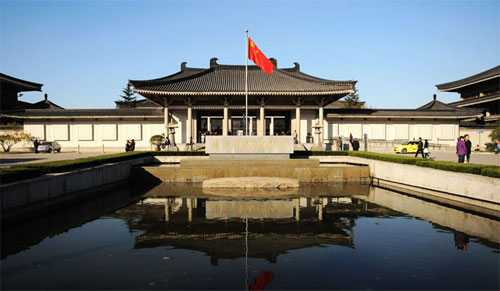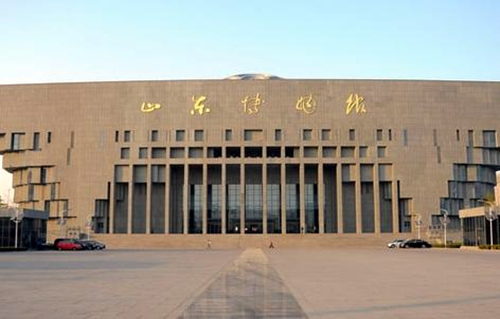Day 1 Arrival Urumqi
Arrival at Urumqi in Xinjiang which is the part of
Silk Road tours, an area of the unparalleled scenery and cultural diversity.
-Urumqi
is an isolated out-posts of the ancient Silk Road. The city once was an
important transportation hub on the Silk Road, and now serves as the
capital city of Xinjiang Uygur Autonomous Region. In the hinterland of
the Eurasian continent, the city is on the northern slope of Mt.
Tianshan and at the southern edge of Jungar Basin. With unique natural
beauty and rich folk customs, Urumqi is an ideal tourist destination in
China.
Day 2 Urumqi
Take a driving for 120km northeast to
visit the holy Heavenly Lake (Tianchi). The beautiful lake is flanked by
rugged pines and cypresses, with clear melting waters reflecting the
surrounding of snow capped mount Bogeda. After the tour you will be
transferred back to downtown, you can then take a short visit to
Erdaoqiao Grand Bazaar, which is believed to be the largest outdoor
market in town.
-Heavenly Lake is located half way up Bogda Peak
in Fukang County, 110km east of Urumqi City. As a natural alpine lake,
it has an elevation of 1,980 meters. In the shape of a half moon, the
lake is 3,400 meters long, about 1,500 meters wide, and 105 meters at
the deepest point. With limpid water, the lake shines like a sapphire
under the sun and is surrounded by green mountains. At the southeast end
of the lake is the magnificent Bogda Peak, meaning "Sacred Mountain" in
the Mongolian language.
-Erdaoqiao is situated at the Erdaoqiao
Block of South Jiefang Road in Urumqi, where you'll find a bustling
market filled with fruit, clothing, crafts, knives, carpets and many
antique items. The market has special space for grand ethnic songs and
dances performances, and the folk street is furnished with a miniature
landscape of Xinjiang's attractions. On Sunday, there are more stalls
and more goods than any other days.

Day 3 Urumqi,Turpan
Today,
you will take hours driving to Turpan, on the way, you will pass Urumqi
Wind Power Mill, which was built for producing electrical power in the
area. After cross the valley of Tianshan we will arrive in the lowest
depression of China-Turpan City. Upon arrival, visit the mysterious
death city, the Ruins of Jiaohe Ancient City, which reveals traces of a
prosperous ancient trading center and military stronghold 1,600 years
ago and an optional attraction for
last minute China travel deals.
And then visit Emin Minaret (Sugong Pagoda) - the biggest ancient
pagoda existing in Xinjiang and the only Islamic ancient pagoda in the
country and ancient Karez Well, the underground water supply and
irrigation system.
-Turpan, an oasis city, is located at the
southern foot of Bogda Peak and in the center of Turpan Depression.
Because of the drastic 5,000-meter difference in height between the
mountain tops and the bottom of the depression, the scenery too, varies
greatly at different altitudes from perpetual snow at the summits to
green oasis at the foot of the mountains. After a long journey from the
desert, tourists are always fascinated by the extraordinary beauty of
the depression with its snow-capped mountains, salt lake, and
particularly the Flaming Mountains.
-Jiaohe meaning in Chinese
where two rivers meet was once the most forward outpost in the West for
ages. Historical records and excavation reveal evidence of a prosperous
ancient trading center and military stronghold from 1,600 years ago.
Owing to the arid climate and remote location, Jiaohe remains relatively
intact, leaving us a rare example of an earthen castle, the largest,
oldest and best-preserved earthen city in the world.
-Emin Minaret
is the largest extant ancient Islamic tower in Xinjiang. Standing 2 km
(1.24 miles) east of Turpan, Emin Minaret was built in 1777 in honor of a
heroic Turpan general named Emin Khoja. This 44-meter (144 feet) high
minaret tapers to an Islamic dome without stories inside. In the center
of the minaret is a brick-piled pillar with 72 steps around it spiraling
to the top. The whole construction was made of grey bricks which were
formed 15 different patterns such as waves, flowers or rhombuses, by
smart Uygur architects.
-Karez Well is reputed as one of the three
major construction projects in ancient China, together with the Great
Wall and the Grand Canal. The history of this unique underground
irrigation system can be traced back over more than 2,000 years: The
combined lengths of the underground Karez channels in Xinjiang amounts
to 5,000 meters. It provided an innovative and elegant resolution to
several problems, capturing melting snow and ice from mountains, and
channeling it underground to where it was employed for irrigation,
overcoming the interruptions to flow caused by sandstorms, wind and huge
losses from evaporation that plague a ground-level, open canal system.
Day 4 Turpan
Have
another day excursion in Turpan that including the visit to Gaochang
Ancient City, which was an important garrison town on the Silk Road,
Grape Valley, FlamingMountain and Bezeklik Caves. After the tour, be
transferred back to Urumqi after visits.
-Gaochang Ancient City
located at the east of Turpan, the city-state that ruled the area from
the 9th century to the 13th. The city was actually founded a few hundred
years earlier than that, and gradually became known as a trading post
on the Silk Road. Most of the ruins are gone, but enough remain to give a
feeling of the true size and majesty of this Silk Road city. The city
was divided into an outer city, an inner city, and a palace compound.
The best-preserved structures in the ruins are two temples in the
southwest and southeast corners of the outer city section.
-The Grape Valley is located in Flaming Mountain which is famous for the Journey to the West and many consider it for
popular China travel package.
From ancient times, this place has been famous for the cultivation of
the sweetest, tastiest grapes. Be enticed by the sight of bunches of
green pearl-like grapes hanging from the vines in splendid profusion.
It’s a great relief to recline in the shade of the green leaves and
delight in the fresh juicy fruit, appreciating the coolness after the
heat outside.
-The
Flaming Mountains are so named because in the evenings the red clay
mountains reflect the heat and glow of the desert and seem to burn.
Situated on the northern edge of the Turpan Basin, and stretching over
100 km long and 10 km wide, this is an intensely hot part of the desert
without a single blade of grass to be seen for miles. In the severe heat
of July, the mountains seem to be on fire in the burning sun and become
a purplish-brown color. Hot steam rises upwards from the burning cliffs
and it is no surprise that this is where the hottest temperatures in
China ever, were recorded.
-Bezeklik Caves is located in a
gorgeous valley of the Flaming Mountains. More than 100 caves were hewn
out of this cliff face between the 6th and 9th centuries by Buddhist
monks who farmed the valley below. They were abandoned at about the same
time as Gaochang Ancient City and Jiaohe Ancient City after the Muslim
take over of the region in the late 14th century.
-Astana was the
public cemetery of the ancient Gaochang residents, both aristocrats and
commoners. However, among 456 excavated tombs, no King of Gaochang has
been found. The dead were placed on an earthen or wooden bed in the back
of the chamber; they had wood in both hands and wore cotton, linen or
silk clothes. Around them were arranged miniature pavilions, carts and
horses, parades, musical instruments, chess sets, pens and ink, grapes,
melons, dumplings and pancakes. In the ancient Chinese people's mind,
these were to be used by the dead in another world. Owing to the arid
climate, the relics are very well preserved. The relics along silk road
make contribution to the local
China tourism.
Day 5 Departure Urumqi
Say goodbye to beautiful Xinjiang. Be transferred to the airport for your flight to next stop






















